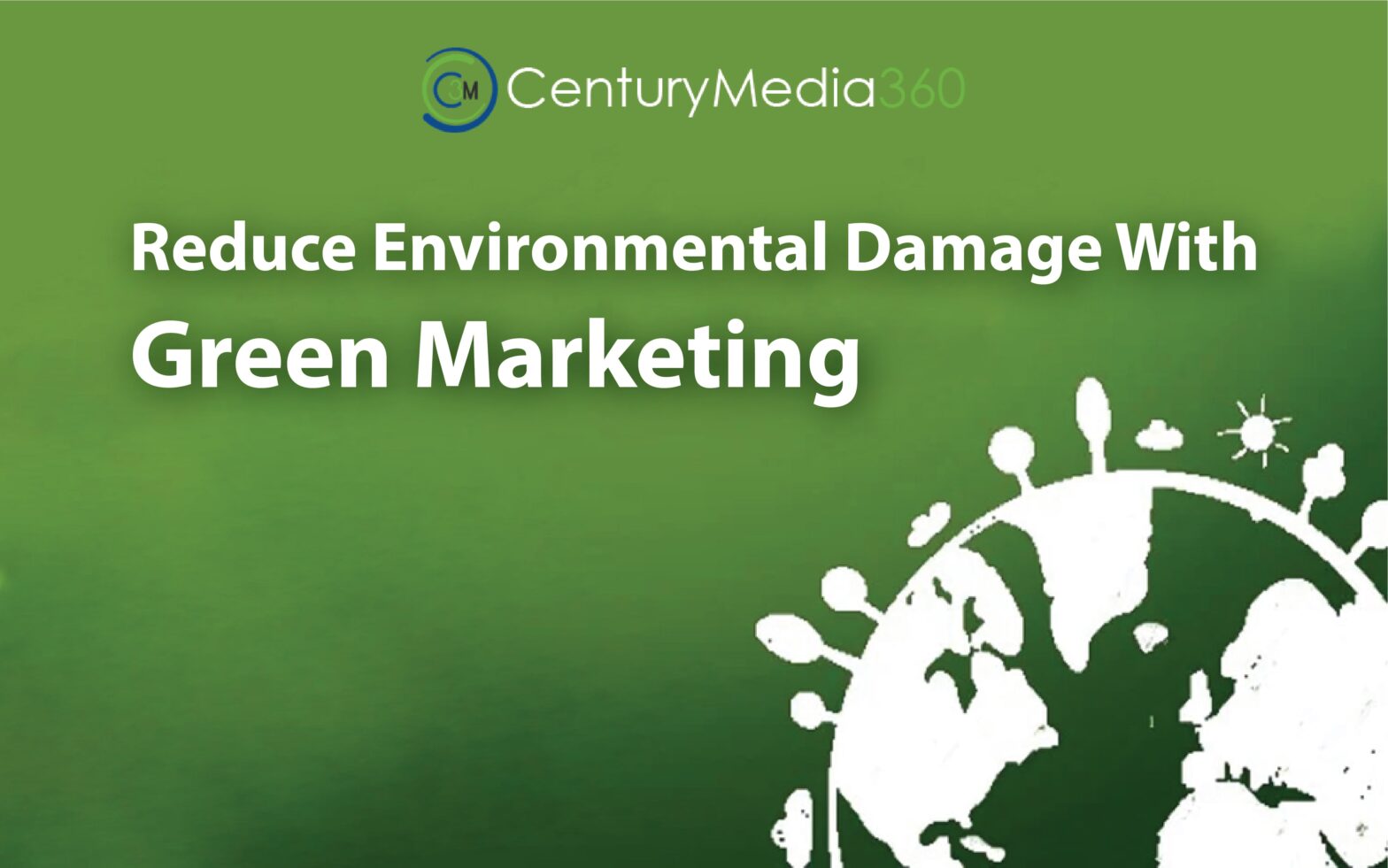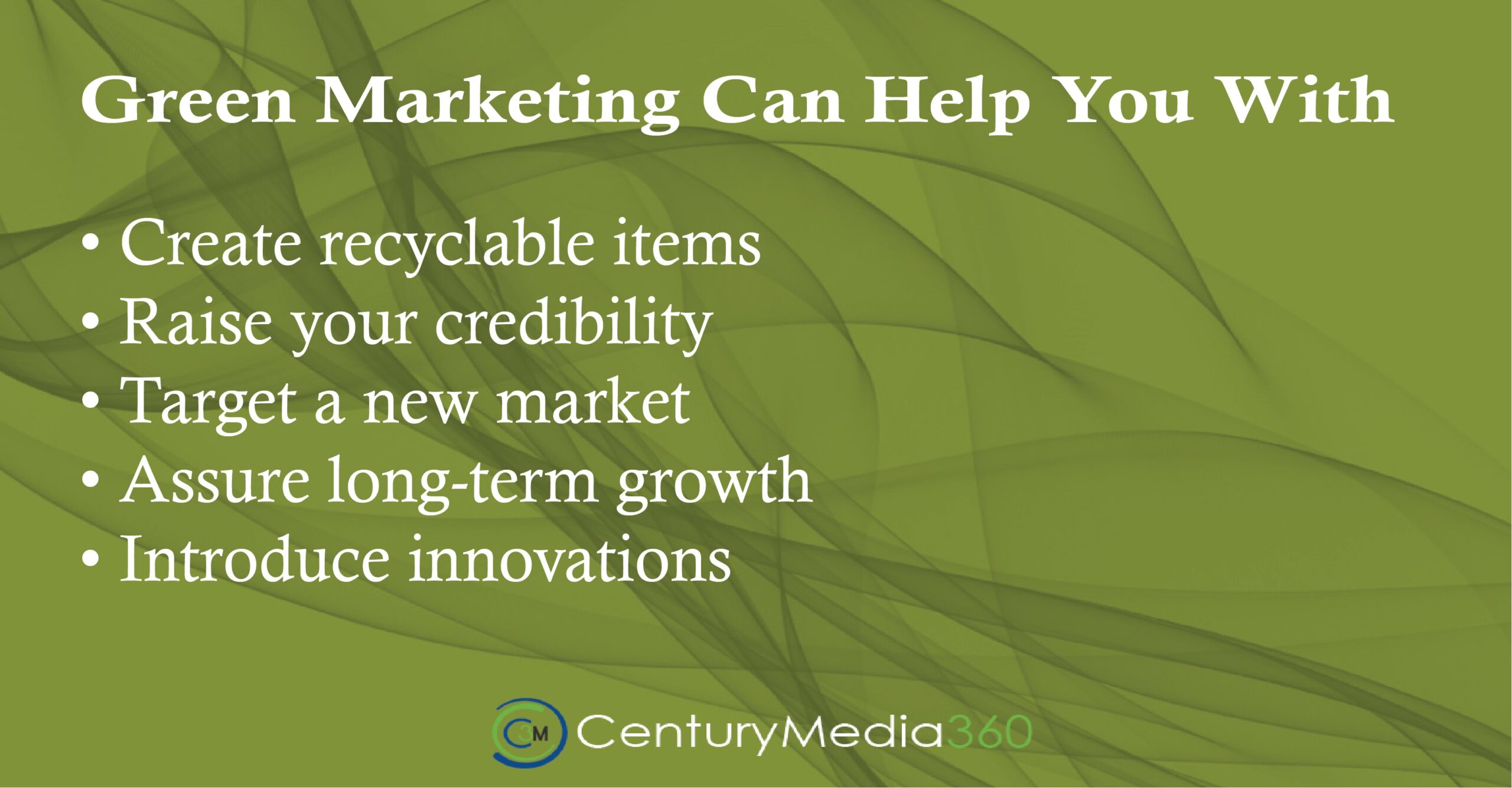Everything You Need to Know About Green Marketing

Creating and promoting products based on their actual or perceived environmental sustainability is known as “green marketing.”
Advertising the lower emissions caused by a product’s production process or using packaging made from post-consumer recycled materials are two examples of green marketing. By contributing a percentage of their sales revenues to environmental causes like tree planting, some businesses may further promote themselves as being environmentally friendly.
How Green Marketing works?
One aspect of a larger trend toward ethical and sustainable corporate practices is green marketing. Consumers now demand businesses to demonstrate their dedication to enhancing operations in addition to different environmental, and social standards. For that purpose, many businesses regularly disseminate social impact statements in which they self-report how well they’re doing in achieving their objectives.
The reduction of carbon emissions associate with a company’s operations. The upkeep of high labor standards both at home and throughout global supply chains, and philanthropic initiatives intend to support the communities in which the company operates are typical examples of ESG-related improvements. Environmental programs are expressly refer to as “green marketing.” However these programs are increasingly promote with social and corporate governance principles as well.
Example of Green Marketing
A pioneer in environmentally friendly marketing strategies is Starbucks. In recent years, the corporation has made significant investments in a number of social and environmental programs. Starbucks revealed in a 2018 report that it has invested more than $140 million in the creation of renewable energy.
In North America and the UK, the firm buys enough renewable energy to run all of its company-operated stores.
The business has also contributed to social impact projects through programs like the Starbucks College Achievement Plan. Through this scheme, many Starbucks employees who work an average of more than 20 hours per week in the United States are qualified to earn fully-paid tuition to Arizona State University’s online undergraduate degree program.
From the perspective of an investor, these sorts of green marketing activities may be crucial in creating and sustaining a valued brand, especially for firms that cater to consumers, like Starbucks.
After all, putting in place effective social or environmental projects sometimes comes at an added expense. These expenses are readily absorb by large businesses and may even be cover by their current marketing budget. However, for smaller businesses, the inclusion of these fees may materially harm the company’s profitability or viability.

3 Green Marketing Strategies
Recycle Your Materials
Usage recycled materials whenever possible, and limit the use of virgin items. Recycling lessens the need to refine and process raw materials, which aids in eradicating air and water pollution. Additionally, it reduces greenhouse gas emissions and energy consumption.
Show How Environmentally Friendly Your Business Is
Inform consumers about your brand’s eco-friendly initiatives. Such as using energy-efficient office equipment, working with suppliers who stress sustainability, or creating an internal program for recycling paper and gadgets. It’s important to let customers know about your policies because some of them want to buy green items. They will have more options to choose from and a chance to pick the finest thanks to it.
Spend Money On Social Media Promotion
Investment in social media marketing would be the best way to reach clients with your creative concepts and eco-friendly goods. Because it is less harmful to the environment and is equally as popular as offline marketing.
Importance
Numerous hazards are pose to our world, including deforestation, food waste, air and water pollution, and pollution from plastics. Chemicals produced by factories are ubiquitous, which is why many businesses think about creating their goods in an ecologically responsible way. Furthermore, despite eco-friendly items costing more, consumer awareness of the environment is rising, and people are ready to buy them.
Many companies make an effort to satisfy the needs of their clients, and they have begun producing these products while keeping in mind their obligations as citizens of our planet. The health of consumers and the environment are both improve through green marketing. Every aspect of a firm, from packaging to public relations, is covered by this sort of marketing.






